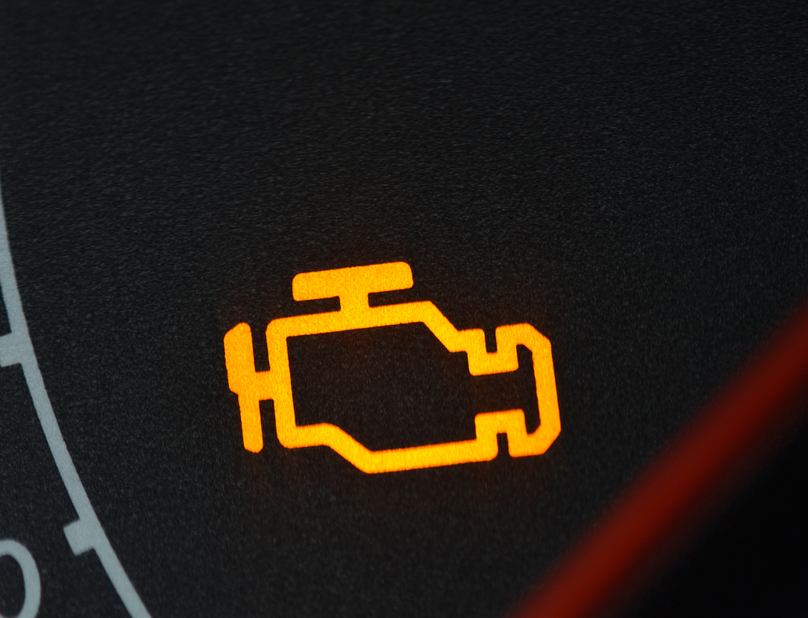
When your “Check Engine†light comes on, you know the feeling you get. It’s that stomach-churning dread of, “Now what?†followed immediately by, “How much is this going to cost?†The technical term for the check engine light is the malfunction indicator lamp, or MIL. When your MIL comes on, there’s a good chance that it doesn’t indicate anything serious. Under the better-safe-than-sorry philosophy, however, it’s important to rule out any major malfunctions right away.
What the “Idiot Lights†Usually Mean
Rather than having 10 different gauges providing data essentially meaningless to car owners, modern cars use warning light icons to indicate a problem. Although you don’t often see them, you likely have lights that warn you of an oil problem, engine overheating and low tire pressure. Experts agree that none of the warning lights should be ignored, but on the grand scale of when to worry, the oil and temperature lights are the first priority, followed closely by the MIL and tire pressure. Always check your owner’s manual for what each of the warning lights means for your vehicle.
What the MIL Might Indicate
For most vehicles, the MIL may indicate a dozen or more situations. On the more benign end of the scale, it may mean that you didn’t put your gas cap back on properly the last time you fueled up, or you didn’t tighten it all the way. For some vehicles, the MIL lights up when you’re past due for a tuneup or periodic dealer milestone service. On the other end of the spectrum, however, it can mean that you have a problem with your alternator, catalytic converter, oxygen sensor or even that your transmission is about to fail. You may also have low fluid levels, a broken belt or an emission problem.
What to Do When the Engine Light Comes On
Auto mechanics all across the country report a similar phenomenon. When the check engine light comes on, most drivers are more interested in having it turned off than they are in finding out what’s wrong. Ignoring the problem or checking online to find the sequence to deactivate the light are generally a bad idea. Instead, take just a few minutes out of your life and drive by your auto mechanic’s shop. With today’s technology, they can probably plug a cable into your car’s on-board diagnostics port and have an answer in about a minute. This way, you’ll know if you’re safe to keep driving for a while or whether doing so might do serious damage to your vehicle.
In Sandy and Salt Lake City, Emission Time provides a variety of car maintenance and repair services as well as on-the-spot vehicle registration renewals and emissions testing. Stop by and talk with their friendly and experienced service technicians the next time your check engine light or other warning indicator signal comes on.
